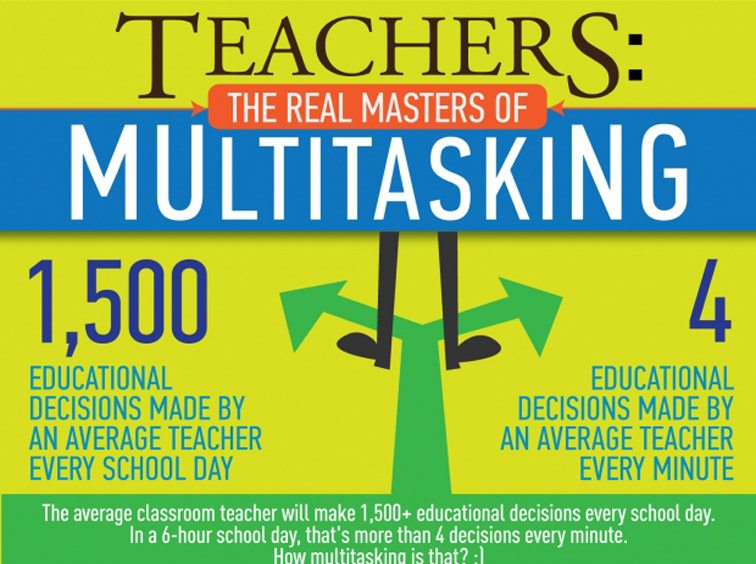Hello! It's Hannah from The Friendly Teacher here! Whenever we do writing we always start with a mentor text. Why? Because I want to always connect my writing with my reading. I think that it is important for students to know that the two are completely combined. I also think reading a mentor text first helps the students to have a model to understand what they are to write.
So, before I ever begin a writing I always start with reading a story that is written in that type of writing. When we do this we JUST READ! We don't focus on a skill, all we focus on is reading and listening to how the author writes.
Then, after we read we start the writing process using a prompt that is related to the book that we just read.
My favorite type of writing to use mentor texts with is Persuasive Writing! I love using it with persuasive writing because the books are so darn fun!!
Here are ten great books for persuasive writing with the writing ideas! There are also two free units for you to give this a try!
1. I Wanna Iguana by Karen Kauffman-If you sign up for my newsletter here you get a great packet to go with this book for FREE
2. Click, Clack, Moo Cows that Type by Doreen Cronin- This is great for persuasive letter writing. We love to write letters to Farmer Brown like we were farm animals. Check out the unit here!
3. Dear Mrs. LaRue by Mark Teague-Another one for great letter writing! Grab the whole unit for FREE here!
4. The Day the Crayons Quit by Drew Daywalt-Hilairous letters will come out of this book! The students write in the eyes of a crayon and it is so much fun! Check out the unit here!
5. The True Story of the Three Little Pigs by Jon Scieszka- Have your students write trying to talk the wolf out of blowing their house down! The students will get a kick out of it!
6. I will Never Not Ever Eat a Tomato by Lauren Child- This is a healthy food lesson and a persuasive lesson! Get those two birds with one stone! Have the students write persuasive pieces on what they would not eat!
7. Can I Have a Tryannosuarius Rex Dad! Can I Please? by Lois G. Grambling- Dinosaur units are my favorite! My kids get so into them! Mix your dinosaur unit with this great persuasive book! Have the students write a letter to their parents explaining why they should get a pet.
8. I Wanna New Room by Karen Kauffman- Writing letters to parents is always a funny way to mix curriculum with parent involvement! You can have them write a letter to their parents about something that they want!
9. My Teacher for President by Kay Winters- This is a fantastic way to mix government lessons with persuasive writing! You can have your kids write why you should be president or they could choose another person to be president. And you could see why your students love you so much. Who does not like that?!?!
10. LaRue for Mayor by Mark Teague- With this book you can have the kids write a persuasive speech on why someone should be in government! Hello, your are getting all kinds of content in there!
I hope you can use some of these ideas in your class!!!

















































